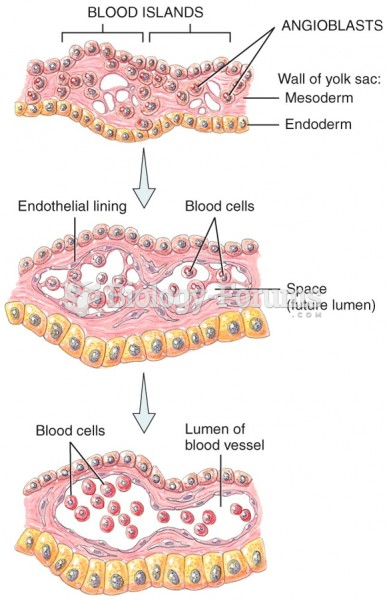Answer to Question 1
Answer: For many years, PCBs were used to insulate electrical equipment, until research showed that they entered waterways and the food supply. In Taiwan, prenatal exposure to high levels of PCBs in rice oil resulted in low birth weight, discolored skin, deformities of the gums and nails, brain-wave abnormalities, and delayed cognitive development. Steady, low-level PCB exposure is also harmful. Women who frequently ate PCB-contaminated fish, compared with those who ate little or no fish, had infants with lower birth weights, smaller heads, persisting attention and memory difficulties, and lower intelligence scores in childhood.
Answer to Question 2
Answer: Prenatal development is sometimes divided into trimesters, or three equal time periods. At the end of the third month, the first trimester is complete. By the middle of the second trimester, between 17 and 20 weeks, the new being has grown large enough that the mother can feel its movements. Already, the fetus is remarkably activein motion nearly 30 percent of the timewhich helps strengthen the joints and muscles. A white, cheeselike substance called vernix emerges on the skin, protecting it from chapping during the long months spent bathing in the amniotic fluid. White, downy hair called lanugo also appears over the entire body, helping the vernix stick to the skin.
At the end of the second trimester, many organs are well-developed. And most of the brains billions of neurons are in place; few will be produced after this time. However, glial cells, which support and feed the neurons, continue to increase rapidly throughout the remaining months of pregnancy, as well as after birth. Consequently, brain weight increases tenfold from the twentieth week until birth. At the same time, neurons begin forming synapses, or connections, at a rapid pace.
Brain growth means new sensory and behavioral capacities. The 20-week-old fetus can be stimulated as well as irritated by sounds. And if a doctor looks inside the uterus using fetoscopy, fetuses try to shield their eyes from the light with their hands, indicating that sight has begun to emerge. Still, a fetus born at this time cannot survive. Its lungs are immature, and the brain cannot yet control breathing movements or body temperature.







